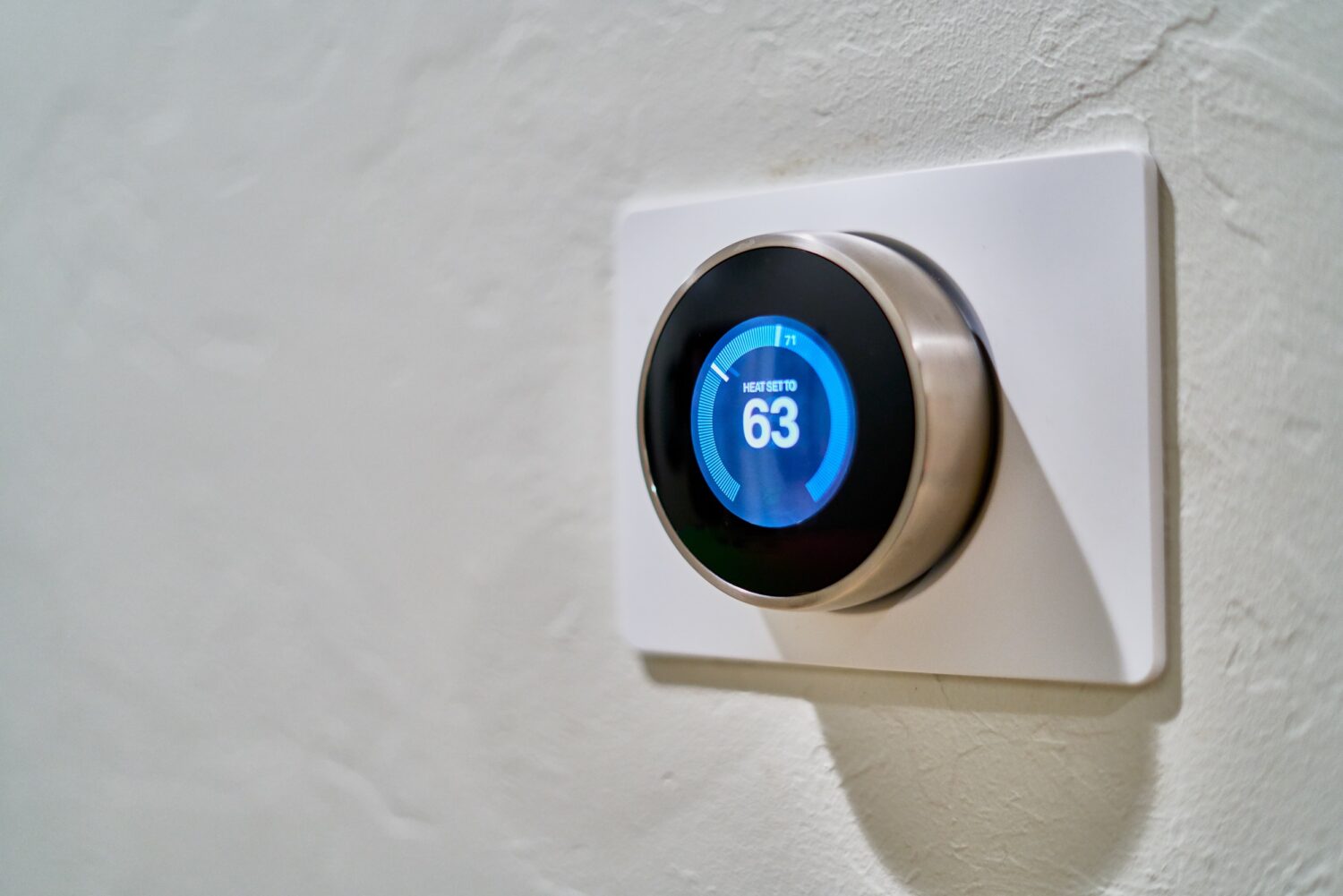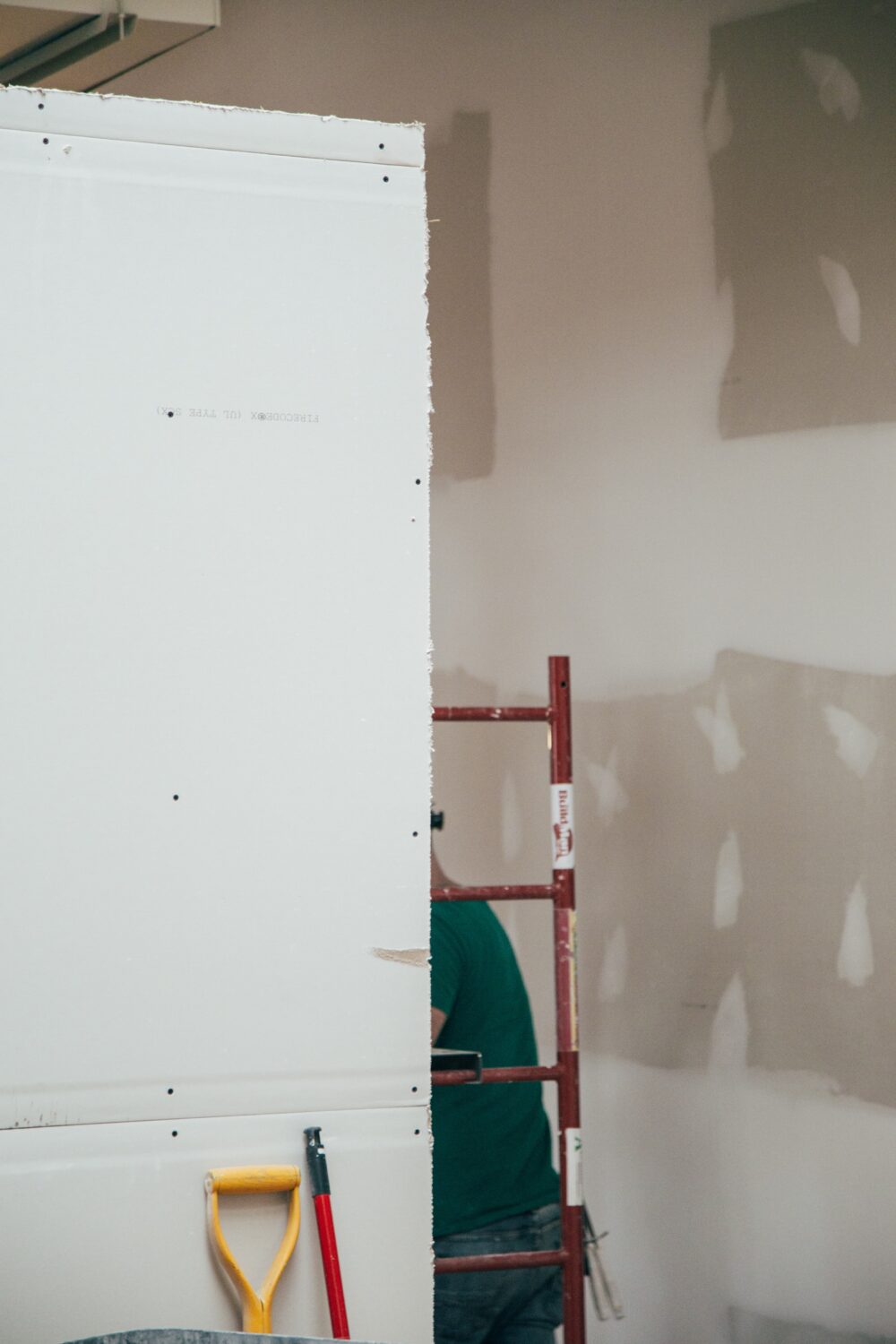Types of heat pumps and their application
Heat pumps are devices that are constantly growing in popularity. There are many types of heat that make efficient use of the heat that is in the air, soil or water. By using these devices, you can very effectively, ecologically and economically provide domestic hot water or support the system responsible for heating the house. Everyone who plans to use such pumps should learn more about their types and the requirements that must be met in order for them to function properly and effectively.
A heat pump is a device that uses renewable energy. Its installation and use can be planned while the house is being built, but there are also no problems with installing such pumps in buildings that have already been built. Pumps of this type are divided into different types depending on the source from which they obtain thermal energy. It is a good idea to familiarize yourself with each of the types.
Types of heat pumps available on the market
The first type that is very popular in Poland is a ground source heat pump . As the name suggests, the main source of thermal energy for this equipment is the ground. This device can be used to support the heating system or to prepare domestic hot water (thanks to the connection with a hot water tank). This pump works very efficiently and often it turns out that it can completely replace traditional home heating. However, it should be remembered that this type of pump requires a fairly large plot and it is often necessary to use vertical probes that require wells, the depth of which reaches up to 100 meters.
The second type of device is a water heat pump that obtains heat energy from flowing water. Such a device works even more efficiently than ground pumps and can also be the only source of home heating. Electricity, oil or gas can be used as an external power source for such equipment.
The third type is the air heat pump which collects heat energy from the air taken from the outside. This equipment requires the least financial outlay at the very beginning and therefore its popularity is constantly growing. Air-to-air units transport heat inwards, while air-to-water pumps transport heat energy to the heating system or hot water tank. Such a pump is suitable for use in all conditions, but in its case there is a need to equip the house with additional heating sources that will support the operation of such equipment in the period of the greatest temperature differences between the inside and the outside space. These devices work best with underfloor heating systems.
Construction and operation of heat pumps
Heat pumps have several basic components. One of them is an exchanger that extracts heat from the ground, water or air. The next elements are a compressor, a second exchanger for heat dissipation and an expansion valve. The compressor is a particularly important component of such a pump. At the time of compression, the temperature of the gas increases, and during expansion, a large amount of heat is taken from the environment. Thanks to the compressor, the heating medium circulates without problems in the pump and fulfills its task. Generally, it can be said that the heat pump is a device whose operation is aimed at forcing circulation from an area with a lower temperature to an area with a higher temperature.
The most important advantages of heat pumps
Heat pumps are very popular abroad. In many countries, a large percentage of homes are powered by such devices. No wonder, because installing such pumps has many advantages and benefits. The main advantage of such devices is obtaining free energy from groundwater, soil or air. The ecological nature of such pumps, which do not emit pollutants into the environment, is also important. This type of equipment works very effectively even in very low temperatures outside. This equipment works great with underfloor heating systems and with radiators whose supply temperature is low. Heat pump is a high-quality device characterized by reliable operation and a long service life. An important advantage is also the fact that no fuel is needed for the proper operation of this equipment (so there is no need to organize a place for fuel storage). Thanks to the heat pump, you do not need to bring gas to the plot, and if the decision to install it is made at the stage of building the house, you do not have to worry about building a chimney. An important advantage is also easy operation, which consists in entering appropriate settings in the device responsible for the regulation.
Many people wonder about the profitability of such pumps, which require a large investment in the beginning. You should remember about significant savings (no heating fees, etc.), thanks to which the cost of such an investment pays off in a short time.





